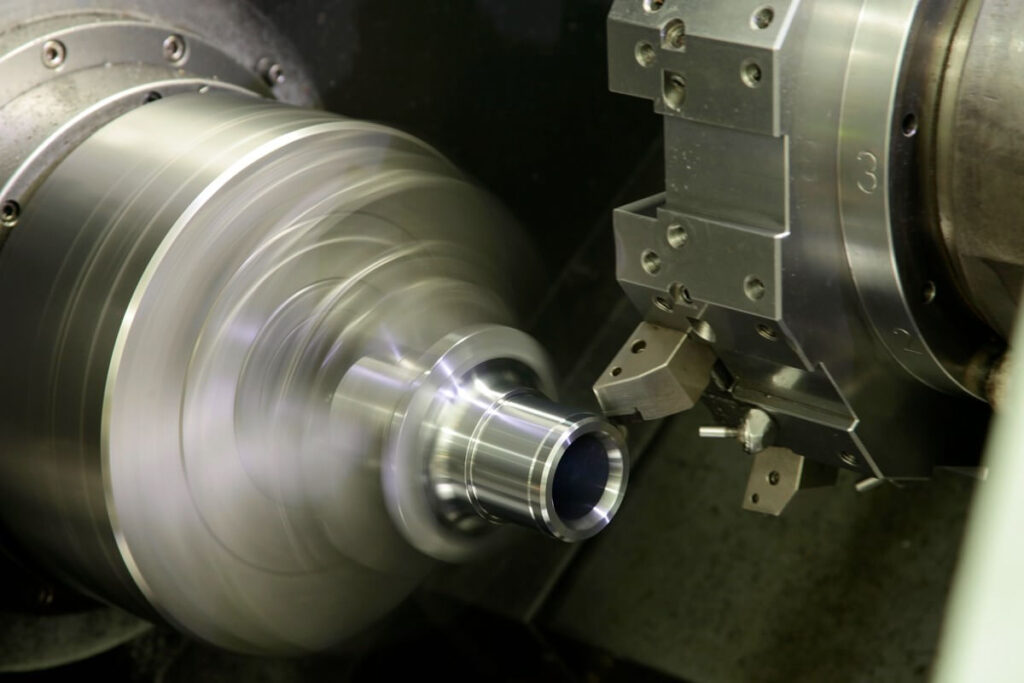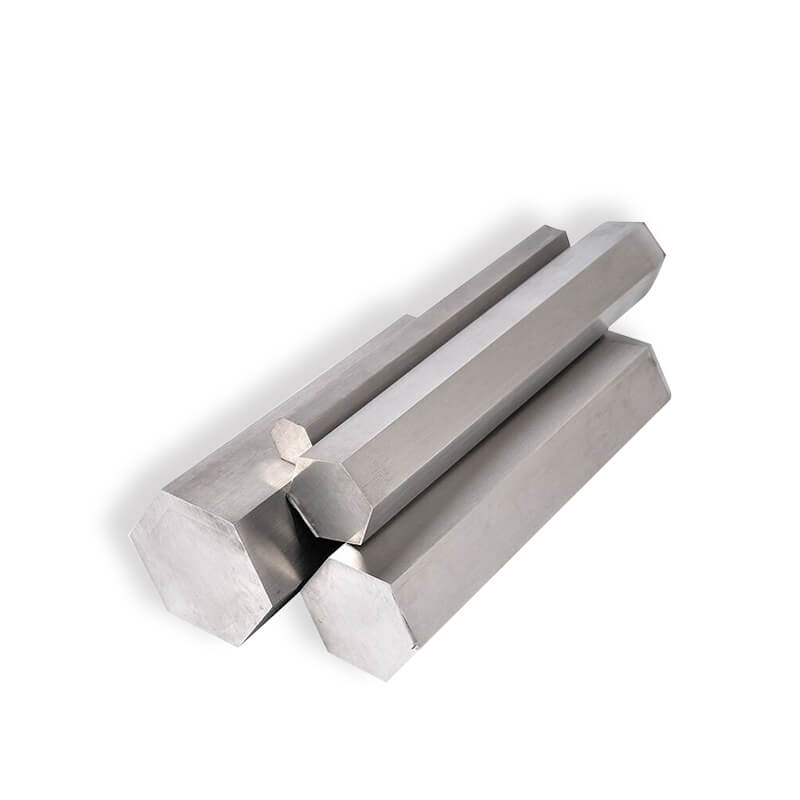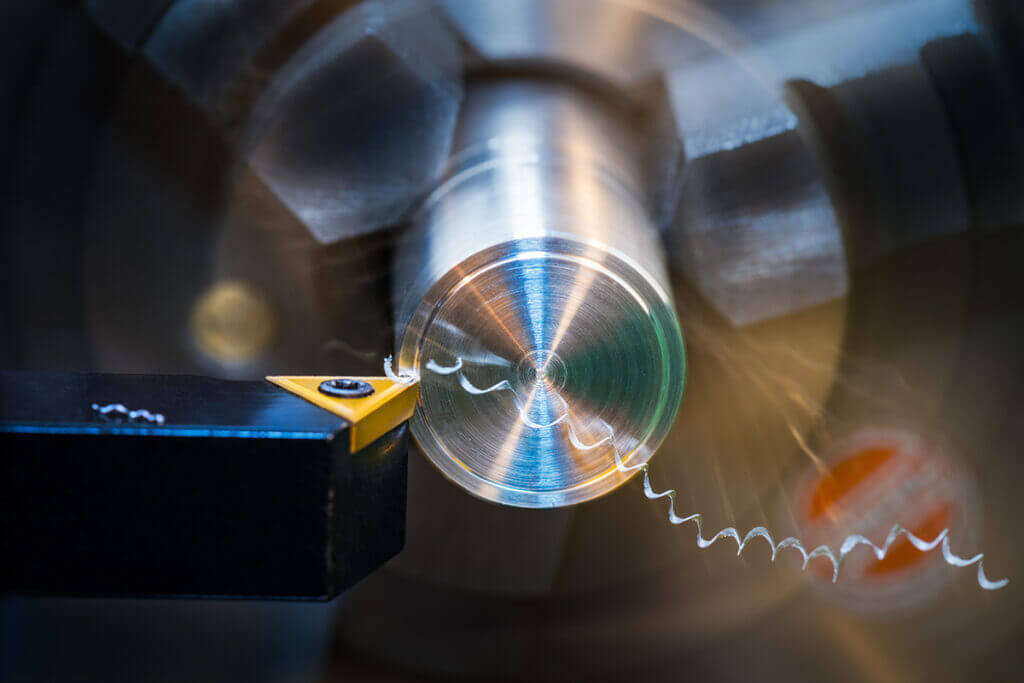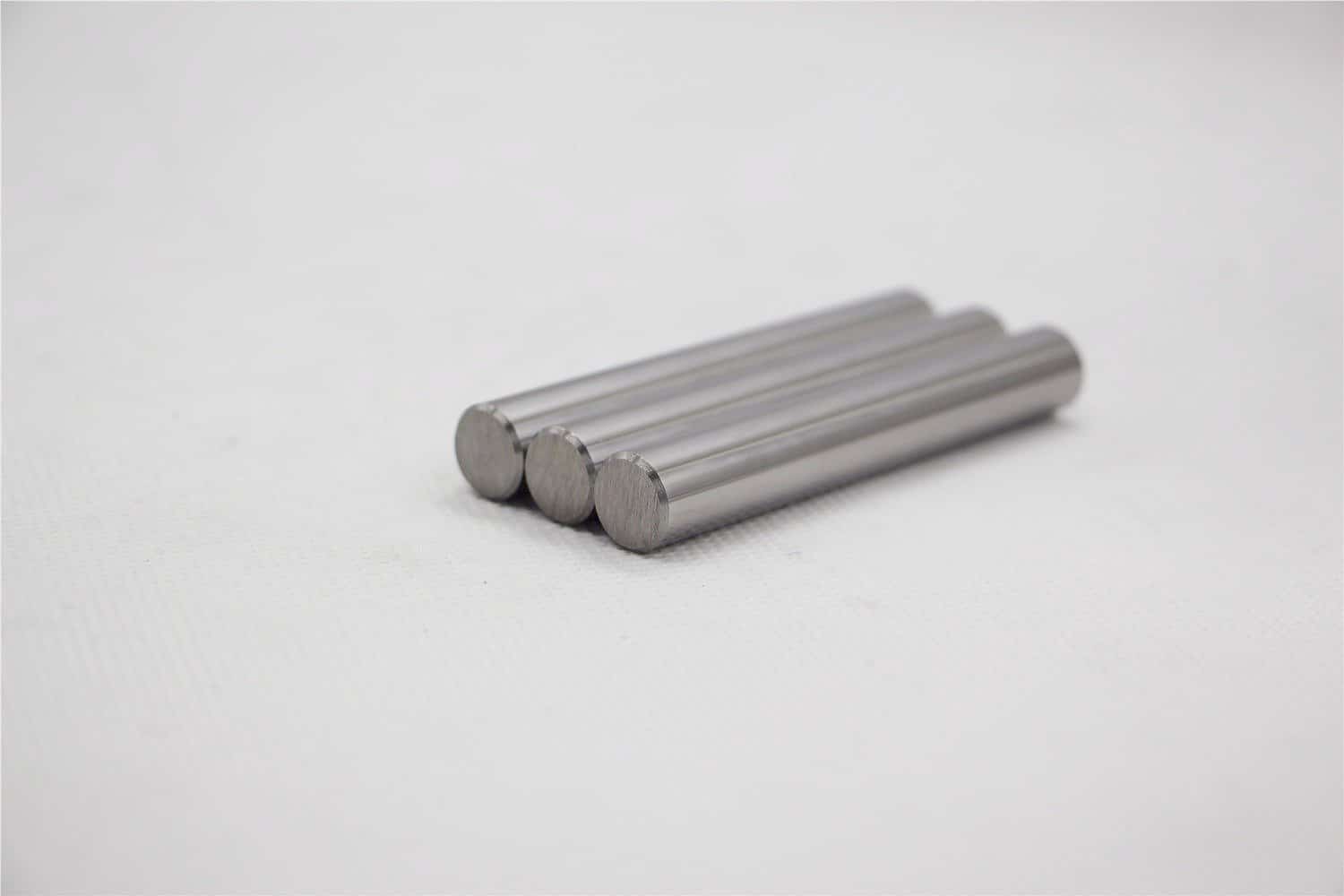The Manufacturing Process of Turning and Polishing Steel Bar
Turned and polished steel bar is a versatile product used in various industries including parts vending machine, running machine parts, screw-machining of automotive parts, specialist machine parts, tyre changer machine parts and washing machines spare parts. It is known for its strength, durability and aesthetics.
In this article, we will explore the manufacturing process of turned and polished steel bar, from the initial stages to the final product.
The process begins with selecting quality steel. The steel used for turning and polishing bar stock is typically mild steel because of its excellent machinability and surface finish. The selected steel is then cut into smaller sections, called billets, which are further processed.

The next step in the manufacturing process is to heat the billet in a furnace. This process, called annealing, helps soften the steel and make it more ductile. This process requires heating the steel billet to a specific temperature and maintaining it at that temperature for a predetermined time to cause internal structural changes in the steel to improve processability.
Once the annealing process is complete, the billets are ready for the turning process. Turning involves rotating the billets on a lathe while a cutting tool removes excess material, shaping the bar to the desired dimensions. This process requires precision and expertise to ensure accurate dimensions and a smooth surface finish.
After turning, the bars undergo a polishing process to enhance their appearance and remove any surface imperfections. Polishing involves using abrasive materials to smooth the surface of the bars, resulting in a shiny and reflective finish. This step is crucial for applications where aesthetics are important, such as architectural and decorative purposes.

To ensure the highest quality, the turning and polishing bars undergo rigorous quality control checks. These checks include dimensional measurements, surface finish analysis, and mechanical property testing. Any bars that do not meet the specified standards are rejected, ensuring that only the best products reach the market.
Once the bars pass the quality control checks, they are ready for packaging and shipping. The bars are carefully bundled and packaged to protect them during transportation. They are then loaded onto trucks or containers and shipped to customers around the world.
The manufacturing process of turning and polishing steel bar requires advanced machinery and skilled operators. CNC lathes and polishing machines are used to achieve precise dimensions and a smooth surface finish. The operators must have a deep understanding of the process and be able to make adjustments as needed to ensure the desired outcome.

In conclusion, the manufacturing process of turning and polishing steel bar involves several stages, from selecting high-quality steel to packaging and shipping the final product. The process requires expertise, precision, and attention to detail to produce bars that meet the highest standards. Turned and polished steel bars are widely used in various industries, such as parts vending machine, running machine parts, screw-machining of automotive parts, specialist machine parts, tyre changer machine parts and washing machines spare parts, due to their strength, durability and aesthetics.

1 Comment